Clashes erupted as tens of thousands of Gazans marched near the Israeli border in a major protest on Friday, leaving fifteen Palestinians dead and many more wounded in one of the worst days of violence in recent years.
Protesters, including women and children, gathered at multiple sites throughout the blockaded territory, which is flanked by Israel along its eastern and northern borders, AFP correspondents said.
Smaller numbers approached within a few hundred metres (yards) of the heavily fortified border fence, with Israeli troops using tear gas and live fire to force them back.

Israeli security forces also used a drone to fire tear gas toward those along the border from overhead in one of the first uses of the device, a police spokesman said.
The Palestinian Health Ministry says Friday's death toll in Gaza has risen to eight, with seven Palestinians people killed by Israeli army fire along the border with Israel and a farmer killed by pre-dawn tank fire in a separate incident.
The ministry says at least 550 Palestinians have been injured by tear gas, live rounds and rubber-coated steel pellets fired by Israeli forces.
It was the deadliest day in Gaza since last fall, and was bound to stoke more tensions in the volatile area of the Israel-Gaza border.
The confrontations broke out Friday morning when Israeli soldiers stationed at the border fired tear gas to disperse hundreds of Palestinians from approaching the border fence.
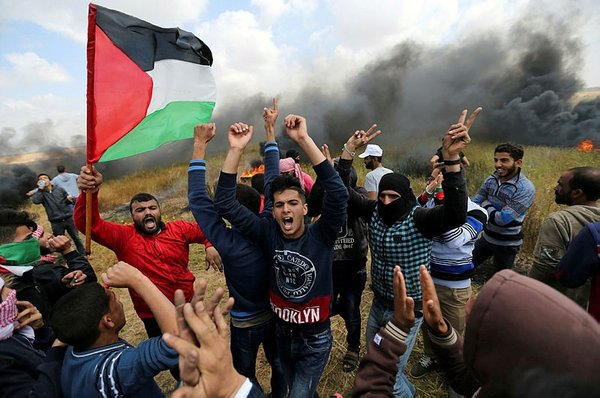
Palestinian protesters threw stones and clashed with Israeli security forces during Friday's "Great March of Return" after a Palestinian man was killed by Israeli tank fire overnight.
The Israeli military said tanks had responded to two suspects who had approached the border fence in the southern Gaza Strip.
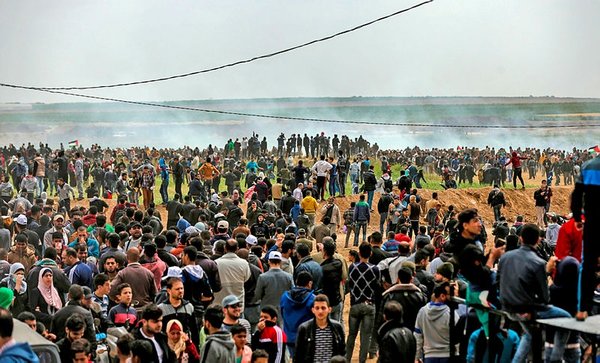
The march had been called by the Hamas group to highlight the hundreds of thousands of Palestinian refugees who were expelled or fled their homes during the 1948 war that marked Israel's creation.
Palestinian witnesses said hundreds of Palestinians participated in clashes, while thousands more gathered in tent encampments set up in five sites several at a distance of several hundred meters from the border.
Photos early Friday showed numerous tents in the border area and people waving Palestinian flags. Protesters burned images of US President Donald Trump, whose controversial decision to recognize Jerusalem as Israel's capital and move the US embassy there on May 14 - Israel's 70th independence day - sparked Palestinian outrage.

Hamas had called for a peaceful protest last week, but multiple Palestinians have died and scores have been injured in clashes with the Israeli army in similar demonstrations in recent months.
Hamas leader Ismail Haniyeh said Friday that the mass protests were a challenge to the peace initiative of Trump.
"The Great March of Return is a message to Trump," Haniyeh said in a speech to tens of thousands of march participants east of Gaza.
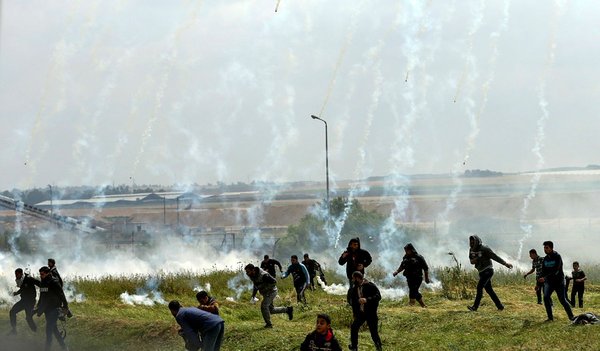
"There is no concession to Jerusalem, no alternative to Palestine, and no solution but to return," Haniyeh said.
"This is the Palestinian people taking the initiative and making the event for the sake of Palestine ... for the sake of Jerusalem and the right of return."
Hamas spokesman Fawzi Barhoum praised the turnout.
"The large crowds ... reflect the Palestinian people's determination to achieve the right of return and break the siege and no force can stop this right," he said.
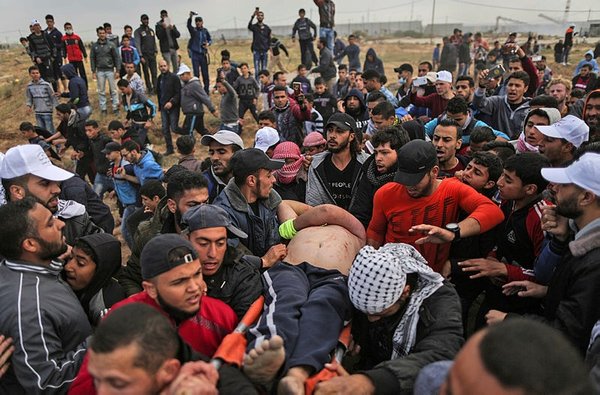
Friday's actions are to be the first in a series of protests planned in Gaza in coming weeks. The protests are to culminate on May 15, the 70th anniversary of Israel's creation, with a march through the border fence.
Palestinians commemorate the date as the anniversary of their mass displacement and uprooting during the 1948 Mideast war over Israel's creation. The vast majority of Gaza residents are descendants of Palestinians who fled or were driven from communities in what is now Israel.
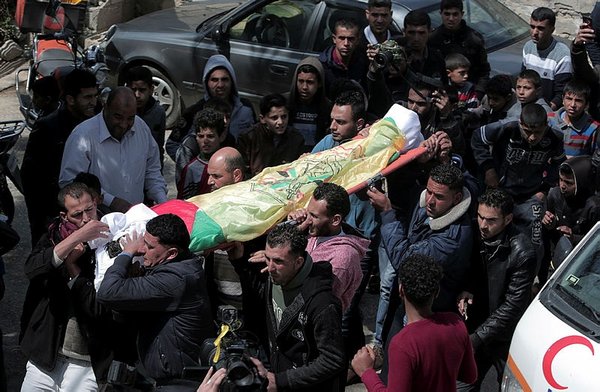
Protests are set to continue until May 15, the day after Israel declared independence. The day is marked by Palestinians as Nakba Day, Arabic for 'catastrophe.'
On Friday, mosques across Gaza called on Palestinians to join the protests. Buses took protesters to the border area, including five tent encampments set up from north to south, several hundred meters from the border fence. By noon, thousands had arrived at the encampments.
Ismail Haniyeh, Hamas' supreme leader, visited the tents, along with Gaza leader Yehiyeh Sinwar.
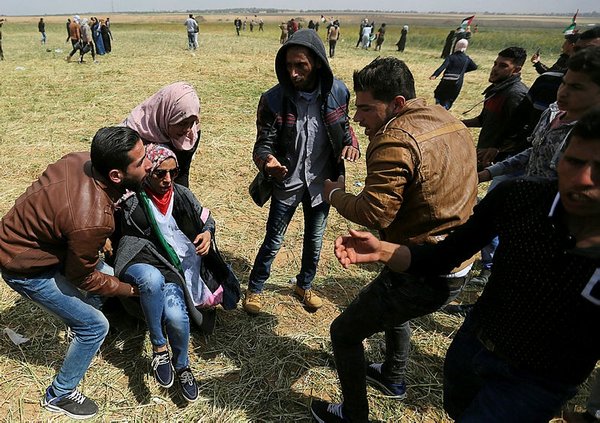
Several hours before the confrontations, a Palestinian farmer identified as 27-year-old Amr Samour was killed by an Israeli tank shell in southern Gaza, the Health Ministry said.
Yasser Samour, a relative and fellow farmer, said Amr Samour was harvesting parsley before dawn, in hopes of selling it fresh in the market later in the day.
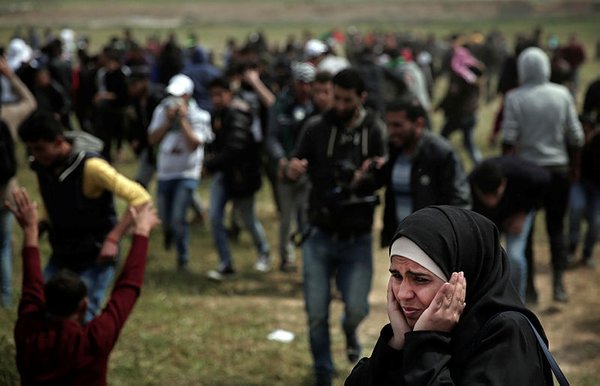
"I was working on the next field," Yasser Samour said. "We heard shelling landing on the field where Amr works. We ran there and found him hit directly with a shell. We were more than a kilometer away from the border."
Another farmer was wounded in the leg by shrapnel, Samour said.